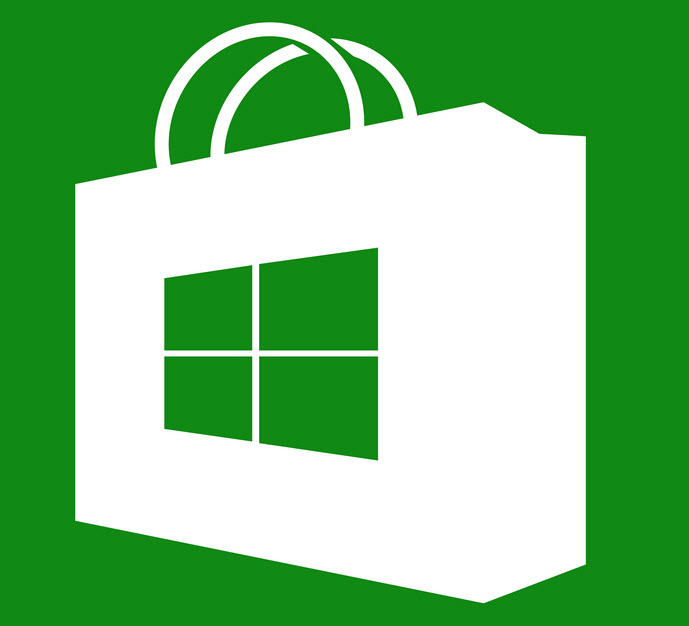Windows 10 app momentum: A flash in the pan or something sustainable?

Over the past few weeks, Microsoft has been touting the arrival (or at least the pending arrival) of a number of new Universal Windows Platform apps from some well-known names: Netflix, Pandora, Uber, 1-800-Flowers, AccuWeather, American Express, Wall Street Journal. In some cases, some developers -- such as Bank of America, for example -- are touting their Windows 10 app plans themselves.

Is this steady Universal Windows Platform (UWP) app-release pace sustainable? And will it ultimately translate to the availability of more Windows 10 Mobile apps for Windows Phones?
Not too surprisingly, Microsoft's Developer Evangelism chief Steve Guggenheimer says he believes the momentum is there and likely to continue.
"It takes a while after you get the platform out there to work with developers to get the momentum going," Guggenheimer said in a phone conversation with me earlier this week.
I remember when Guggenheimer and I chatted at Build in April 2015. I definitely was a doubter; I found it hard to believe developers were champing at the bit to get on the Windows 10 train. Who wouldn't be after Windows 8 and the promised Windows Store app deluge that didn't materialize as promised?
Guggenheimer's message then was "patience, grasshopper." That still seems to be his guidance.
Developers follow the dollars. As Windows 10's share grows on PCs and tablets, developers will likely become more and more interested in writing apps for the platform. The last official figure Microsoft has released is 110 million, which is the number of machines that an activated copy of Windows 10 is running on.
With Windows 8, developers still needed to write multiple versions of their applications for different device targets. But writing a Windows 10 app as a Universal Windows App means the bulk of a developer's code will work on not just Windows 10 PCs, but also Windows Phones, Xbox One consoles, and at some point, the HoloLens augmented reality glasses, Microsoft still believes that convincing developers to write for one of its platforms may well translate into apps for multiple form factors.
Because I'm still hoping against hope that Windows Phone has a chance of becoming a contender (even a viable third-place one), I want to believe that more Windows 10 apps on PCs will mean more Windows 10 apps for Windows Phone. But the dwindling market share for Windows Phones doesn't seem to be attracting many developers to go the extra step to extend their Windows 10 apps to work on Windows Phones -- and then keep those apps updated. In some cases, where mobile developers only care about having their apps on phones but not on PCs, Microsoft's UWP proposition looks even less attractive.
Guggenheimer maintains he is still a believer.
"It doesn't matter where they (developers) start. The core work is done for all the (Windows 10) platforms. If you're building for 10, it's already done for phone," Guggenheimer said. "A true Windows 10 (UWP) app is a phone app," he said. "It's up to us (Microsoft) to get devices in market that are unique and differentiated for the phone."
Maybe the rumored Surface Phones will be those differentiated devices. I'm not sure how long the Windows Phone faithful, including me, can keep waiting to see if Microsoft has something compelling up its sleeve on the mobile phone front.
Interestingly , Guggenheimer doesn't seem to be pinning an inordinate amount of hope on the bridge/toolkit technologies that Microsoft announced at Build this year to help bring more developers to Windows 10. He noted that a number of developers have used and are using the Web bridge (codenamed Westminster) to turn their Web sites and Web apps into UWP apps.
He said the iOS bridge that is currently in preview is still in its early days. He wouldn't comment at all on when and whether developers should expect to see Microsoft deliver anything on the Android bridge front. (Rumor has it the Redmondians have decided not to go forward with that bridge, codenamed "Astoria.") And he wouldn't say anything on what Microsoft is planning in 2016 on the Win32 "Centennial" bridge front.
Guggenheimer's team earlier this year reorganized and upped its focus on certain key developer constituencies, in particular startups and ISVs. In the coming months, Guggenheimer says his team plans to continue its developer outreach at shows like CES and Mobile World Congress, among others.
"You should assume we are continuing to work with developers that users -- consumers and commercial -- care about," Guggenheimer said. "Whatever apps are interesting -- social, gaming, IOT (Internet of Things)- type stuff -- that work continues to go on. And not just in the U.S., but globally, too."
"As (Windows 10) usage goes up, it will be a self-fulfilling place," he said. "Our (developer) conversations right now are proactive. But going forward, there will be more traction."